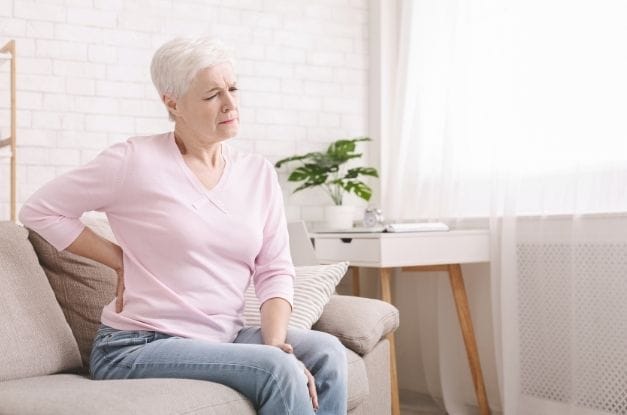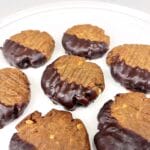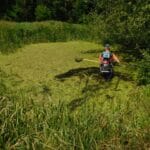People who suffer from chronic pain are often wary of cold weather. As the temperature lowers and the air pressure drops, it lands the hardest on the fragile joints and muscles of chronic pain–sufferers. Stay warm and pain free in the upcoming season by exploring the best ways to manage chronic pain in cold weather.
Stay Active
Hibernating during cold weather can be tempting, especially if you experience chronic pain. However, staying active promotes mobility in the joints and releases feel-good endorphins to ease chronic pain. Engage in gentle activities such as yoga or indoor aerobics to promote blood flow to warm up your muscles and keep you centered. If you prefer outdoor exercise in cold weather, be mindful of dressing appropriately to maintain your body heat.
Keep Hydrated
The combination of dry air and central heating is responsible for dehydration during colder seasons. The lack of perspiration and humidity also causes dehydration to go undetected. An insufficient amount of fluids leads to inflammation and worsens the condition of chronic pain. Stay adequately hydrated in the cold by consuming fluids such as herbal tea or warm water with lemon.
Manage Your Stress
Stress is a powerful trigger of inflammatory response in the body. Emotional or mental stress is common when the cold weather brings isolation, limited sun exposure, or complications with life events. Develop a self-care routine to manage your daily stress, relieve tension in the body, and reduce chronic aches.
Explore Heat Alternatives
Explore alternative sources of heat to help you warm up if your chronic pain is persisting. For instance, if your feet are still cold in standard socks, consider investing in a thermal pair or a set of wool slippers. Space heaters, electric blankets, and hot water bottles are other sources of heat to have on hand to regulate body temperature and soothe localized pain in the body.
Equipping yourself with the necessary tools and practices to accommodate your chronic pain is important. The cold weather can wreak havoc on people who experience daily physical discomfort, but take the colder months as an opportunity to upgrade your self-care routine and quality of life.






